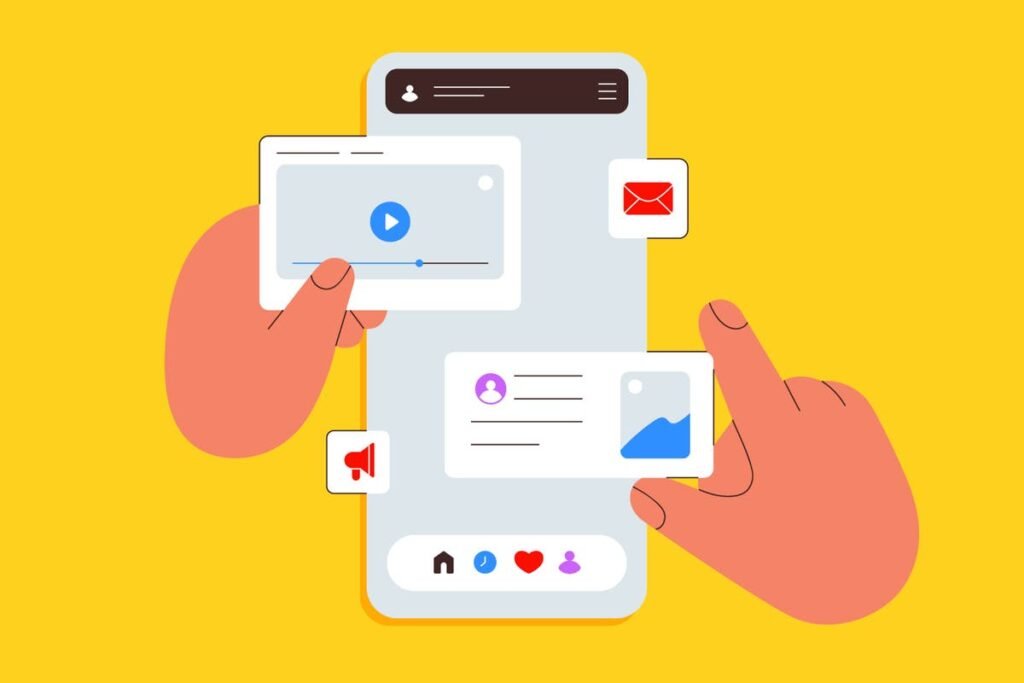In the competitive world of business, understanding your customer’s pain points is more than just a buzzword—it’s a necessity. Pain points are the specific problems that potential customers face, and addressing them can make the difference between a product that simply exists and one that genuinely resonates. When a company can identify and empathize with these challenges, it allows for the creation of targeted solutions that speak directly to the customer’s needs. This understanding isn’t just about better product development; it’s the cornerstone of effective marketing strategies that connect on a personal level with your audience.
Recognising and addressing pain points doesn’t just enhance the customer’s experience; it also builds trust and loyalty. When customers feel that a brand truly understands their struggles, they are more likely to engage with the brand, advocate for it, and remain loyal. In today’s saturated market, where consumers have countless options, this deep connection is what sets successful companies apart. Below are 13 key reasons why understanding pain points is crucial for marketing, backed by real-world examples.
1. Personalised Marketing Messages

Understanding customer pain points allows you to craft personalised marketing messages that speak directly to the needs and concerns of your audience. For example, Netflix uses viewing history to recommend shows and movies that match a user’s preferences, addressing the pain point of endless scrolling.
2. Improved Product Development

By identifying pain points, businesses can develop products that specifically solve those problems. Apple’s introduction of the iPhone addressed the pain point of carrying multiple devices by combining a phone, camera, and music player into one.
3. Increased Customer Loyalty

When customers feel understood, they are more likely to remain loyal to a brand. Amazon’s focus on fast delivery addresses the pain point of delayed shipping, fostering loyalty among its Prime members.
4. Enhanced Customer Experience

Understanding pain points enables businesses to improve the overall customer experience. Zappos, known for its exceptional customer service, addresses the pain point of uncertainty in online shopping by offering free returns and exchanges.
5. Targeted Advertising

Pain point identification allows for more targeted advertising, which can lead to higher conversion rates. Facebook’s advertising platform lets businesses target users based on their specific interests and behaviours, effectively addressing their pain points.
6. Better Customer Retention

Addressing pain points helps retain customers by continuously meeting their evolving needs. Spotify, for example, keeps users engaged by addressing the pain point of discovering new music through curated playlists
7. Higher Conversion Rates

When marketing efforts focus on solving specific pain points, conversion rates often increase. Dropbox’s “2 GB for free” offer addressed the pain point of limited file storage, leading to widespread adoption.
8. Competitive Advantage

Companies that understand their customers’ pain points can differentiate themselves from competitors. Tesla identified the pain point of range anxiety in electric vehicles and addressed it with a robust network of Superchargers.
9. Efficient Content Creation

Understanding pain points helps in creating content that resonates with your audience. HubSpot, a leader in inbound marketing, creates blogs and resources that address common marketing challenges, positioning itself as a trusted authority.
10. Building Trust and Credibility

Addressing pain points builds trust, as customers see that the brand understands their struggles. For example, Buffer, a social media management tool, built credibility by openly addressing its customers’ pain points with transparency in pricing and features.
11. Higher Customer Satisfaction

When a product or service effectively addresses pain points, customer satisfaction soars. Slack’s intuitive communication platform solved the pain point of fragmented workplace communication, leading to widespread user satisfaction.
12. Enhanced Customer Relationships

Understanding and addressing pain points fosters stronger relationships with customers. Patagonia’s focus on sustainability addresses the pain point of environmental impact, deepening the brand’s connection with its eco-conscious audience.
13. Effective Crisis Management

In times of crisis, understanding pain points allows for a more compassionate and effective response. During the COVID-19 pandemic, Zoom addressed the pain point of remote communication by offering free services to schools, strengthening its market position.
14. Long-Term Business Growth

Businesses that continuously identify and address customer pain points are better positioned for long-term growth. Nike’s focus on inclusivity addressed the pain point of underrepresented athletes, leading to sustained brand growth and loyalty.
Understanding and addressing customer pain points is not just a marketing strategy—it’s a fundamental aspect of building a successful business. By empathizing with and solving real problems, companies can create products, services, and marketing campaigns that truly resonate with their audience, leading to deeper connections, stronger customer relationships, and ultimately, long-term success.





Leave a Reply